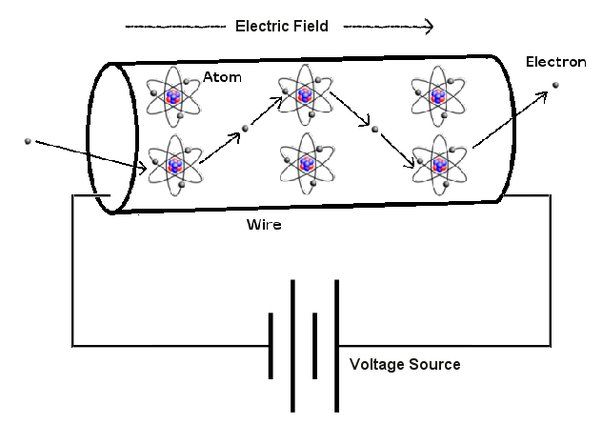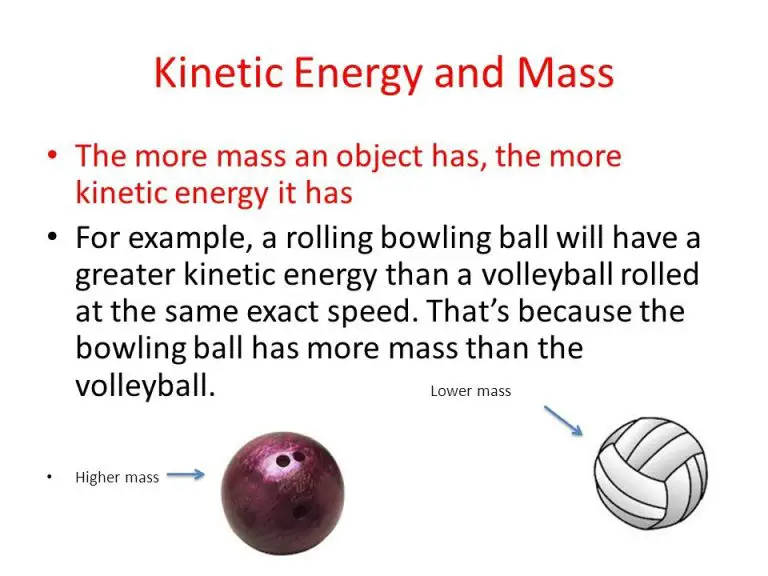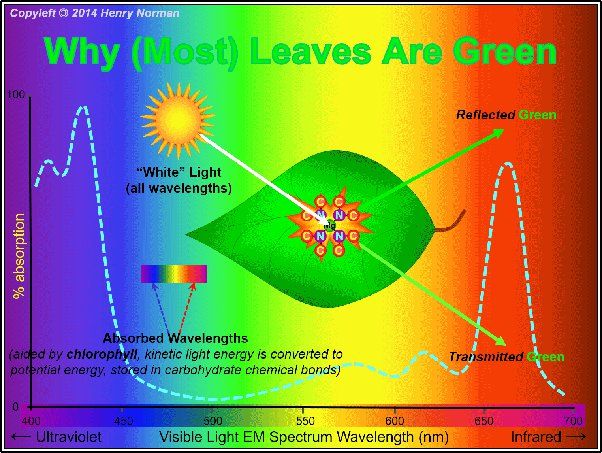What Is It Called When Electrons Move Around?
Electricity is a natural phenomenon related to the flow of charged particles, known as electrons. When electrons move from one place to another, it is called an electric current. Though we often use the terms “electricity” and “electric current” interchangeably, they have distinct meanings.
Electricity refers to the presence of electric charge in a material or object. Electric charge results from an imbalance in the number of protons and electrons in an atom or molecule. Positively charged particles are called protons, while negatively charged particles are called electrons.
Electric current is the directed flow of electrically charged particles through a conductive medium, such as a wire. Electric currents arise from the motion of electrons in a conductor. Electrons have a natural tendency to flow from areas of high potential energy to areas of lower potential energy. This electron flow produces electricity and powers electrical devices.
In summary, electricity refers to electric charge, while electric current refers specifically to the flow of electrons. Understanding the difference between these two concepts is key to grasping the fundamentals of electricity and electrical phenomena.
Electrons
Electrons are tiny subatomic particles that carry a negative electric charge. They are found orbiting the nucleus in atoms. Electrons are incredibly small, with a mass only about 1/2000th that of a proton or neutron. Despite their small size, electrons play a critical role in chemistry, electricity, and many other scientific fields. Some key properties of electrons:
- Electrons have a negative charge, while protons have a positive charge.
- Electrons are very lightweight compared to other subatomic particles.
- Electrons orbit the nucleus of an atom in particular energy levels called electron shells or orbitals.
- Atoms hold tightly onto their electrons, but electrons can be transferred or shared between atoms to create electric currents.
- The flow of electrons between atoms is key for electricity, brain activity, chemical reactions, and more.
Understanding electron behavior is fundamental to the study of electromagnetism, chemistry, and many cutting-edge technologies. Electrons may seem incredibly tiny, but they have enormously important effects at both the atomic scale and in larger-scale systems.
Electric Current
Electric current is the flow of electrons in a conductor. It refers specifically to the drift velocity of electrons – that is, the rate at which electrons move through a conductor. This differs from the speed of electricity, which is near the speed of light. While electricity flows rapidly along a conductor, electrons themselves move relatively slowly.
For electric current to exist, there must be a source of electrical energy to “push” the electrons. This source is the voltage, which comes from things like batteries, generators, or solar cells. The greater the voltage, the stronger the push on electrons in a conductor, and the higher the electric current. Resistance in the conductor also affects current – more resistance means fewer electrons flow for a given voltage.
The standard unit for measuring electric current is Amperes (Amps). One ampere refers to the flow of one coulomb (a unit of electric charge) per second. Ohm’s Law shows the relationship between current, voltage, and resistance as I = V/R. This means current equals voltage divided by resistance. Therefore, for a given voltage, current increases if resistance decreases, while for a given resistance, current increases if voltage increases.
In summary, electric current is created by the flow of electrons in a conductor powered by a source of voltage. The current depends on the available voltage and resistance according to Ohm’s Law. Measuring current in amperes gives useful information about the electrical power in a circuit.
Conductors and Insulators
Materials that allow electricity to flow through them easily are called conductors. Metals like copper, aluminum and steel are good electrical conductors. Electricity can flow easily through these metals because they contain free electrons that can move from one atom to another.
Materials that don’t allow electricity to pass through them easily are called insulators. Examples of insulators include plastic, rubber, glass and wood. These materials contain very few free electrons, so electricity cannot flow through them easily. Insulators are useful for protecting us from electric shocks and for insulating electrical wires.
Whether a material is a good conductor or a good insulator depends on its molecular structure. Metals have free electrons that can move easily, allowing electricity to flow. Insulators have tightly bound electrons that do not flow freely. Understanding conductors and insulators is important for designing safe and effective electrical systems.
Static Electricity
Static electricity refers to an imbalance of electric charges within or on the surface of a material. This imbalance causes the material to have an excess of either positive or negative charges. When two materials with opposite charges come into contact, electrons can flow between them to balance the charges, resulting in a discharge of static electricity.
The most common example of static electricity buildup occurs when walking across a carpet. The friction between your shoes and the carpet causes electrons to be pulled from the carpet fibers. Those electrons then accumulate on your body, giving you an excess negative charge. If you then touch a metal doorknob, the electrons will quickly jump to the doorknob, which has a positive charge, to balance the difference. This jump of electrons is what creates the visible spark and popping sensation of the static electricity discharge.
Static electricity can also build up on non-conductive surfaces like plastic, glass, hair, and clothing. Rubbing certain materials together causes electrons to be transferred from one surface to the other. Materials like wool, rubber, and plastic tend to hold on to electrons strongly, while materials like cotton and wood give up electrons more easily. This transfer of electrons is what causes the static charge imbalance.
While momentary static discharges are harmless, static buildup can damage electronics and cause issues in manufacturing settings. Controlling static buildup with grounding wires and antistatic sprays helps limit these risks. Overall, the jumping of electrons between materials to balance charges is the root of the common phenomenon known as static electricity.
Electric Circuits
An electric circuit is a closed loop that allows electric current to flow. It is made up of wires and electrical components that regulate and control the flow of electrons. At the most basic level, a circuit requires three components:

- A power source like a battery to provide energy to the electrons
- Wires to allow electrons to flow
- A load like a light bulb or motor that uses the electricity
When the circuit is completed, electrons can move from the negative terminal of the battery, through the wires and components and back to the positive terminal. This creates a loop or cycle that allows continuous flow of current. The load component uses the electric energy to do work like producing light, heat, motion or sound.
Circuits can have multiple components like switches, resistors, capacitors and transistors. Switches help open or close the circuit. Resistors limit current flow. Capacitors store electric charge. Transistors can amplify or switch electric signals acting like a gate. All these allow better control and regulation of the electric current as needed for the application.
There are two main types of electric circuits – series circuits and parallel circuits. In a series circuit, current flows through all components one after another in a single path. In a parallel circuit, the components are arranged with separate paths so current can flow through more than one branch at the same time. Both types have their advantages and are widely used in electrical systems.
Measuring Current
Current is measured using a device called an ammeter. An ammeter is connected in series in a circuit to measure the flow of charge through that part of the circuit. Here’s how ammeters work:
– They contain a coil of wire around a soft iron core that can move when current flows through it. The greater the current, the more the coil is deflected.
– This coil is connected to a pointer that moves across a scale to indicate the current strength. The scale is calibrated to show the amps of current flow.
– Inside the ammeter is a shunt resistor. This allows only a small fraction of the circuit’s current to flow through the coil, preventing overloading. The scale can then be calibrated to display the total circuit current.
– To use an ammeter, it must be connected in series in the circuit. The current to be measured will flow through the meter. Make sure it’s on an appropriate scale for the expected current.
Ammeters are very useful to directly measure current at any point in a circuit. This helps determine if components are operating properly or to diagnose issues. It’s one of the most fundamental tools for analyzing and troubleshooting electric circuits.
Effects of Current
Electric current flowing through a conductor can produce several interesting effects like heating, magnetic and chemical effects.
Heating Effects
When an electric current passes through a conductor, the collisions between the flowing electrons and the atoms of the conductor generate heat. This effect is utilized in electric appliances like electric heaters, toasters, irons etc. The amount of heating produced depends on the amount of current flowing through the conductor and the resistance of the conductor.
Magnetic Effects
Electric current produces magnetic fields around the conductor. This magnetic field can be visualized by placing a compass near the current carrying wire. The compass needle will align itself at right angles to the direction of magnetic field. This magnetic effect is utilized in devices like electromagnets, electric motors, speakers etc.
Chemical Effects
Electric current can produce chemical changes by the process of electrolysis. For example, the chemical decomposition of water into hydrogen and oxygen by passing an electric current is a common example of the chemical effect of electric current.
Applications
Electric current has many practical applications in our everyday lives. Here are some examples:
-
Electricity generation – Current flow is used to generate electricity at power plants using methods like electromagnetic induction.
-
Electronics – All electronic devices rely on the movement of current through circuits to operate. This includes computers, phones, TVs, radios, etc.
-
Transportation – Electric currents power electric vehicles, trains, subway systems, etc. Current flow charges the batteries that run these transport machines.
-
Home appliances – Most appliances in homes operate using currents – refrigerators, microwaves, washers, dryers, lights, etc. The flow of electrons allows them to perform their functions.
-
Industrial applications – Factories use large electric motors that require current flow to drive machinery and automation.
-
Medical devices – Many medical devices like MRIs, ECGs, pacemakers, etc. rely on electric current flow through circuits.
As you can see, electric current has enabled the development of modern technology and is a crucial part of our everyday lives.
Conclusion
In conclusion, the movement of electrons is known as electric current. When electrons move through materials that conduct electricity easily, such as metals, it allows a current to flow. This electric current powers many essential inventions and technologies that we use every day. By understanding the flow of electrons, we gain insight into concepts such as static electricity, electric circuits, and measuring current. While electron flow can produce dangerous effects like electric shocks, it also enables incredible innovations that have transformed society. The discovery of how to harness the movement of tiny particles like electrons truly shaped the modern world as we know it.



